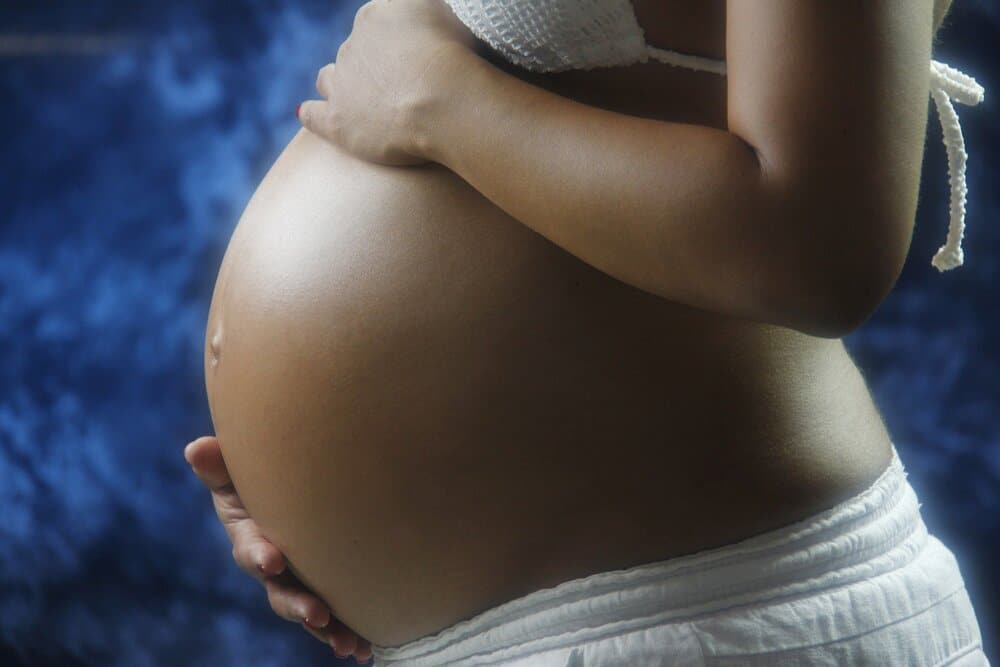You can suffer from piles at any time of your life, however changes in hormone levels when you are pregnant can make the muscles and veins around your bottom relax, therefore raising the risk of developing Haemorrhoids.
Haemorrhoids (piles), are swollen blood vessels that occur in and around your anus.
The pressure put upon the veins around the back passage, caused by the enlargement of the womb, can also increase the risk of developing piles
Symptoms can vary from mild to severe and can include:
- An aching pain, itching and swelling around the anus.
- Painful lumps which hang down from the anus.
- Pain during bowel movements and experiencing some mucus or discharge afterwards.
- Seeing blood after a bowel movement which is bright red in colour.
How can you ease piles?
Haemorrhoids can be an extremely uncomfortable and painful condition for you to suffer from, particularly in pregnancy because changes in hormone levels can cause some cases of piles to be quite severe.
However, you will be pleased to know that there are ways that you can ease your symptoms.
Diet and exercise play a huge part in managing your condition, as constipation alone can be a huge contributory factor to Haemorrhoids.
While they are usually asymptomatic, they can sometimes present themselves to be itchy, uncomfortable or painful. For these cases, treatments can be sought to help reduce the inflammation and ease the discomfort or pain they may inflict.”
— Imran Lakhi, superintendent pharmacist for Prescription Doctor
While suffering with piles, there are a number of things to avoid, such as straining during bowel movements, scratching at the area and simply putting off going to the loo to avoid discomfort.
Instead, you should look for ways to ease your bowel movements to make going to the toilet easier.If you are suffering from constipation in pregnancy, then it’s very important to watch your diet in order to prevent piles.
Try to regulate your bowel movements by eating plenty of foods that are high in fibre.
To be sure you are getting enough fibre in your diet, make sure that you are eating plenty of:
- Fruits and Vegetables
- Wholemeal Bread
- Keeping hydrated and drinking plenty of water will also help to prevent constipation.
Upping your intake of fibre can help ease constipation and make bowel movements easier.
There are also some other ways of easing your symptoms, such has:
Have a warm bath
Sitting in a warm bath 20 minutes after each bowel movement can help relieve pain from haemorrhoids. It is often recommended to try a sitz bath.
A sitz bath is a small plastic bowl that you fill with hot water and place over your toilet seat.
Avoid sitting for long periods of time
While rest is important during pregnancy, prolonged periods of sitting down can put pressure on the veins in your bottom and cause pain. When you need to rest, lay on your side to avoid unnecessary discomfort.
If you need to sit down, then make sure that you take frequent breaks by getting up and walking around, or use a Haemorrhoid pillow (also known as a ring cushion or doughnut cushion.)
Use an over the counter remedy
There are various over-the-counter medicines that can be used to ease your symptoms. You can buy treatments for haemorrhoids from most high-street pharmacies and even online.
Ask your GP or a pharmacist to recommend a haemorrhoid cream or suppository that is safe to use during your pregnancy.
